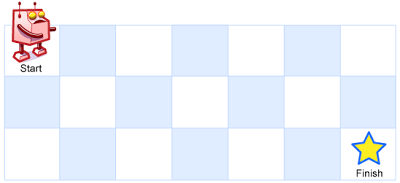###项目简介
本次项目我们实现的是复制swapi这个网站,前端与后端需要分离实现,主要技术栈为:
- 前端(+UI):typescript + bootstrap + vue
- 后端:go + jwt
- 数据库:boltdb
我负责的是部分前端与UI的编写和优化。之前有学习过原生的html、css等,但框架的使用还是比较少,所以这次算是一边学习一边进行项目的实现。
vue与bootstrap
Vue是一套用于构建用户界面渐进式框架,它被设计为可以自底向上的逐层应用。Vue可以非常方便的与第三方库进行整合,比如此次使用的bootstrap。使用bootstrap提供的简洁的html、css、js框架,加上vue提供的库,可以很方便的构建一套前端应用。
在本次项目中,主要利用到了vue的组件化特质,vue允许我们编写小型、独立的组件,以便于复用在大型应用中。在我们的项目中所有的界面都放在了同一个基本HTML下:
1 | ... |
可以看到,id为app的div可以根据所在页面的不同而去自动更换组件,每个组件中可能又包含其他组件,比如主页home中,基本html被定义为:
1 | <template> |
其中HomtTitle、HomeIntro、APIcaller对应了三个不同的组件。
对应到最底层的组件的编写时则用到了bootstrap提供的各种元素,这些元素经过bootstrap的渲染,达到了简洁美观的效果。其中需要提到的是pre这个元素。在原版swapi网站中就可以看到它使用了:
1 | <pre class="prettyprint"> |
它的作用是为pre元素下的各种代码提供高亮及缩进。经过资料的查阅得到这其实是用到了google的code-prettify,使用时只需要包含它的js文件:
1 | <script src="https://cdn.rawgit.com/google/code-prettify/master/loader/run_prettify.js"></script> |
再在pre元素下声明class为prettyprint就可以了。
